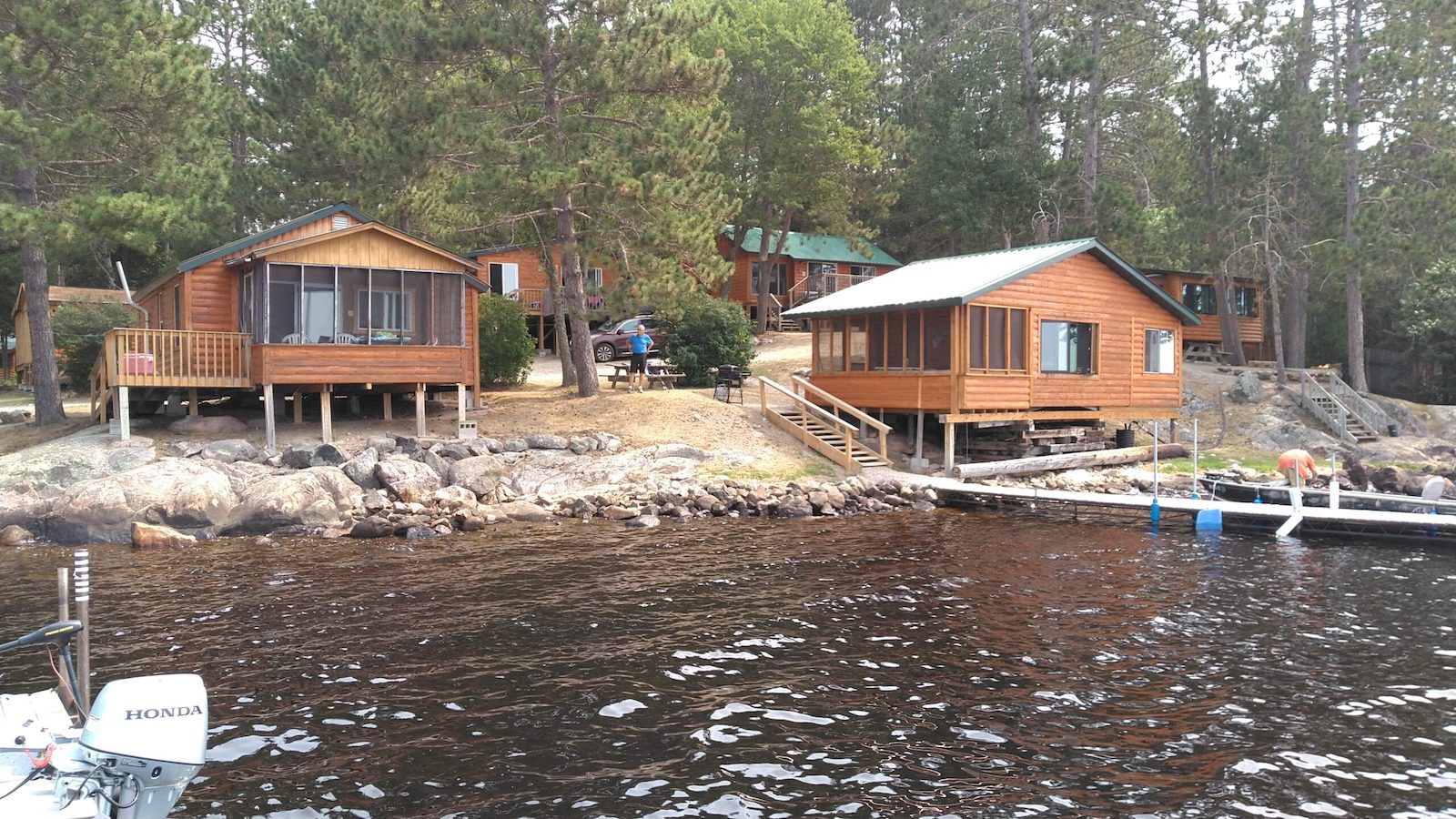
DNR info concerning Ice conditions
DNR NEWS – FOR IMMEDIATE RELEASE
DNR reminder: Avoid early ice, wear life jackets on cold water

With daytime temperatures still climbing above freezing even in the northern parts of the state, the Minnesota Department of Natural Resources is reminding outdoor enthusiasts to stay clear of early ice and use extreme caution when recreating on dangerously cold water.
Although some locations in the northern and western regions of the state were reporting ice formation at the end of November, the recent fluctuations in weather have led to degraded ice conditions and warnings from public safety officials to stay off the ice until at least 4 inches of new, clear ice is present.
“No fish is worth the risk of going through thin ice,” said DNR conservation officer Lt. Adam Block. “At this point, it is going to take several consecutive days of below-freezing temperatures before enough solid ice has formed to support foot traffic, and even longer before snowmobilers should be on the ice.”
Last winter, five people died after breaking through the ice, including one toddler. No deaths have been reported yet this winter, although several emergency ice rescues have taken place in the last few weeks.
Block stressed that once ice formation picks up again, it will be important to stay vigilant about safety on the ice, since conditions can be unpredictable and vary greatly even on the same body of water.
“In addition to checking conditions locally and being prepared with an ice safety kit, anyone recreating on hard water should be wearing a life jacket,” Block said. “A life jacket is the one piece of equipment that exponentially increases your odds of not drowning from cold water shock, hypothermia or exhaustion should you fall through the ice.”
Open water danger
The lack of ice cover means many bodies of water in the state still have open water accessible to boaters. However, late season anglers, boaters and paddlers are cautioned that a life jacket is an absolute must on cold water.
“A fall into extremely cold water can incapacitate you within seconds,” said Debbie Munson Badini, DNR boat and water safety outreach coordinator. “Air temperatures have been relatively mild for December, but don’t let that deceive you. Water temperatures are dangerously cold across the entire state, which means it’s more important than ever to wear that life jacket.”
State statistics show that one-third of boating fatalities typically occur during the “cold water season,” and that in the vast majority of cases the cause of death is drowning due to not wearing a life jacket.
So far in 2015, nine boaters have died on cold water, and 18 total boating fatalities have been reported. The last time state boating fatalities surpassed 18 deaths was in 2005, when 23 occurred.
“The 2015 boating season was excellent in terms of the number of days boaters have been able to get out on the water. But with a longer season came an increase in boating deaths, and we’re regrettably looking at a 10-year high,” Munson Badini said. “Ten of the 18 deaths involved male boaters 20-60 years old who sadly drowned while not wearing a life jacket. This is a continuing and troubling trend that will only plateau or reverse if boaters in that high-risk demographic choose to put safety first by putting on their life jacket.”
General ice safety guidelines
No ice can ever be considered “safe ice,” but following these guidelines can help minimize the risk:
- Carry ice picks, rope, an ice chisel and tape measure.
- Check ice thickness at regular intervals – conditions can change quickly.
- Bring a cell phone or personal locator beacon.
- Don’t go out alone; let someone know where you’re going and when you’ll be back.
- Always wear a life jacket on the ice (except when in a vehicle).
- Before heading out, inquire about conditions and known hazards at a local bait shop or resort.
The minimum ice thickness guidelines for new, clear ice are:
- 4 inches for ice fishing or other activities on foot.
- 5 inches for a snowmobile or all-terrain vehicle.
- 8-12 inches for a car or small pickup.
- 12-15 inches for a medium truck.
- Double these minimums for white or snow-covered ice.
For more information, visit mndnr.gov/icesafety and mndnr.gov/boatingsafety.